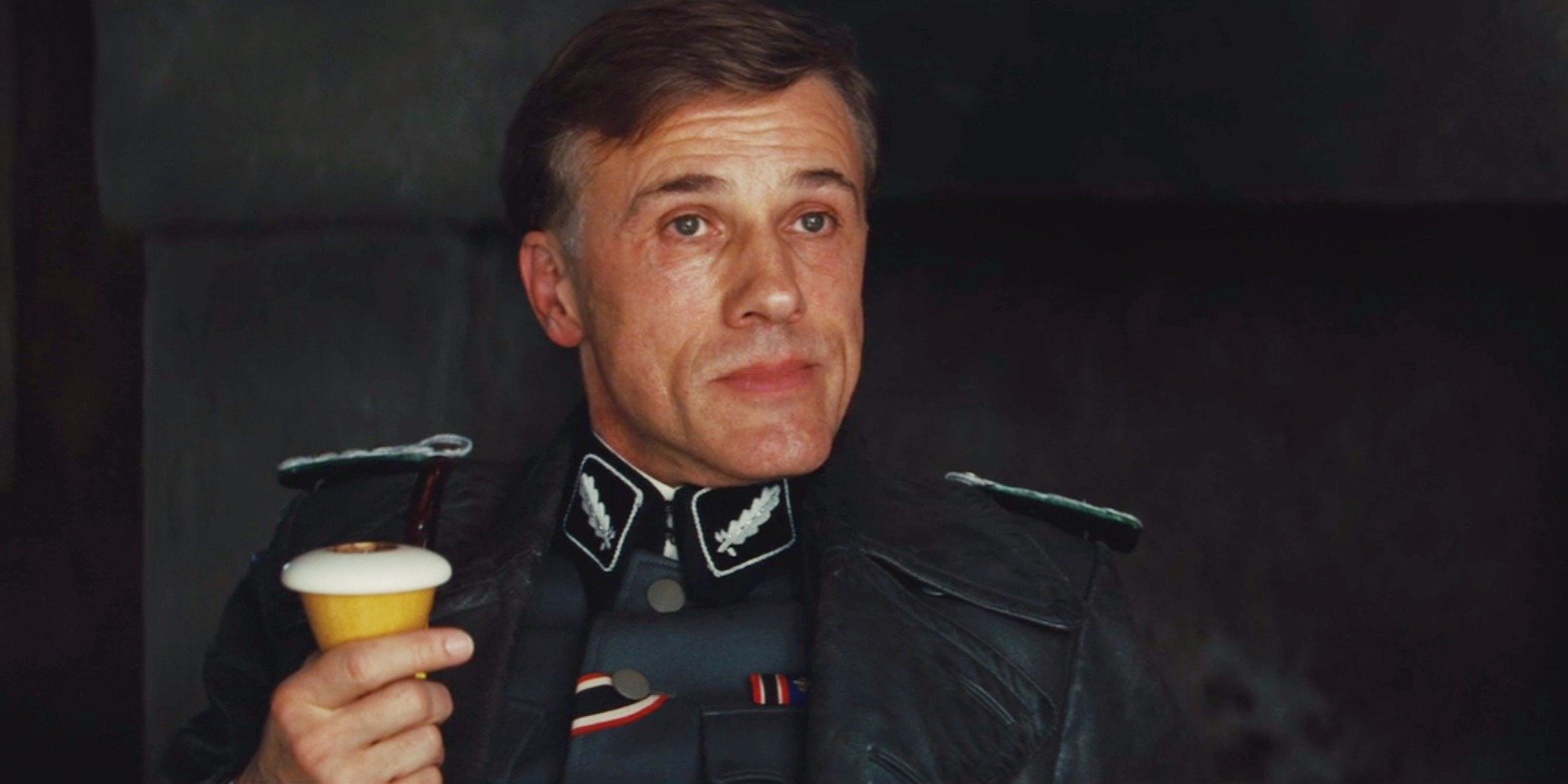
It’s been said that closing a film is the hardest part of filmmaking. Something I’ve never quite agreed with. Yes, finding the perfect ending to a perfect film may be challenging, but if what came before is great, then the perfect ending is always within reach. But opening a film is something else entirely.
Apart from opening a film in a gripping way that pulls in viewers from the get-go, you have to strike the right tone that matches or purposefully contrasts with what’s to come after and sets up the story and world effortlessly. Of course, plenty of great films start off slowly and casually. Even something as ordinary as a character waking up and going through the morning routine can be enticing if done right. While a good opening doesn’t necessarily mean a good film, it does get half of the job done.
The only rule with this list is that there are no rules. You’ll find films that open with a great scene(s), sequences, or title sequences. As long as the opening is memorable and comes from this side of the century, we’ll take it however it comes.
15. The Royal Tenenbaums

Years before “Moonrise Kingdom” and particularly “The Grand Budapest Hotel” elevated Wes Anderson from the indie circuit to a greater mainstream audience, “The Royal Tenenbaums” took the first steps. Like most of Anderson’s work, the film is structured and told like a great novel, but opens with perhaps the most realistic scene in the whole film.
After a brief history of the family, Royal (Gene Hackman) sits down with his adolescent children and explains to them that he is separating from their mother. Naturally, the kids don’t quite understand why and feel a sense of responsibility, which Royal doesn’t entirely squash. While obvious in its intentions, the remarkable thing with this scene is how subtle and casual it is in making its point. If you were to pinpoint when exactly their futures were screwed, this would be it.
These are no ordinary kids and Royal is no ordinary father. This brief and casual conversation features none of the emotions you’d expect from a conversation like this. With Hackman’s nonchalant performances and the spot-on performances of the younger versions of the Tenenbaum children, added with Alec Baldwin’s story time narration, it’s a memorable opening, but not for the reasons one would think.
14. Hell or High Water (2016)
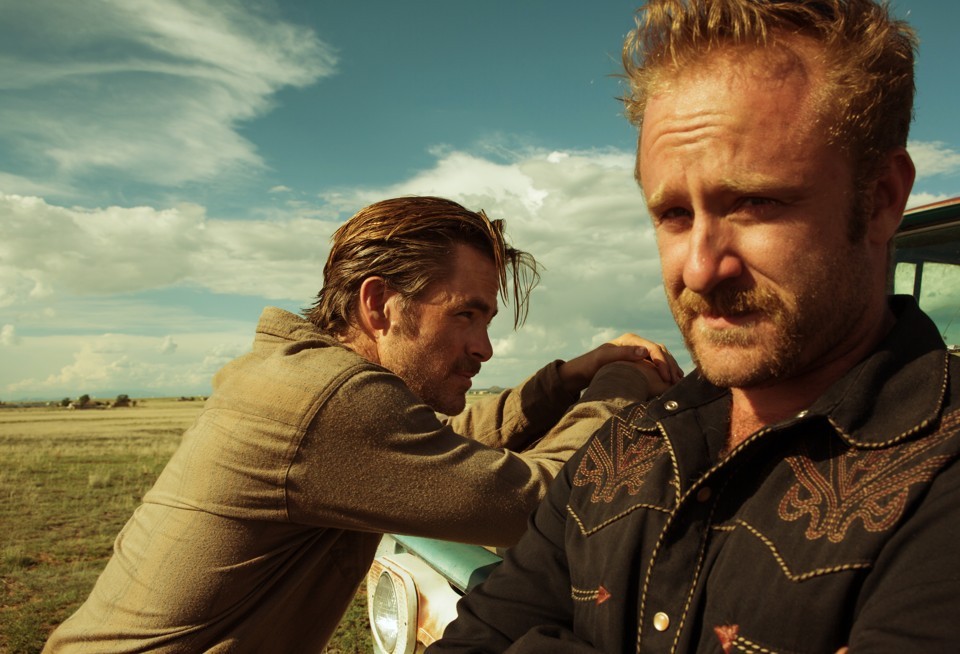
Taylor Sheridan has been fortunate enough to have some of the best directors in the business work on his scripts. That’s as good as any screenwriter can hope for. “Hell or High Water” follows two brothers who carry out a series of bank robberies to save their family ranch.
The film opens with an ominous camera circling the outside of a bank in the early morning. We see a car that’s obviously up to no good making the rounds around an empty parking lot, and we also see an employee walking to the bank. This kicks off the film with a mixture of suspense and unpredictability while giving us a sense of the surroundings and what’s to come.
It’s only later that we get to know the brothers and what motivates them to carry out the robberies. In the opening scene, however, they could be anyone and capable of anything. Director David McKenzie described his choices in the video series by the New York Times, “Anatomy of a Scene,” by trying to capture as much reality in the setting as possible. By playing with audience expectations and making them unsure of where or with whom exactly they stand with.
He skilfully lays out the players and their setting and in an almost disorientating way. We never know how the exactly the action will play out, but we know something is about to happen. And in all purposes, he succeeds in delivering a tense and gripping opening scene.
13. No Country for Old Men (2007)
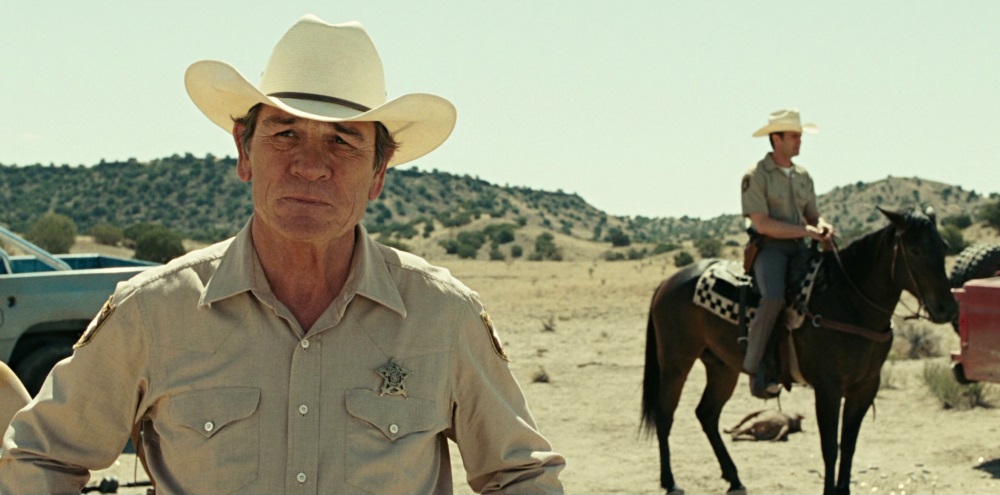
It’s no wonder that “No Country for Old Men” turned out as good as it did, because Cormac McCarthy and the Coen brothers were made for each other. A masterpiece is supposed to be effortless in its craft, and you won’t find anything as free-flowing yet controlled as this gem.
Opening with detached narration over shots of vistas and landscapes, Tommy Lee Jones muses about the worsening nature of man and the horrors he’s seen as a sheriff, which drives home the film’s title and themes. Continuing with these shots, we’re immediately and casually introduced to the film’s antagonist, Anton Chigurh (Javier Bardem), as he’s pulled over by a deputy. And from then on, we’re hooked and we’re on our way.
It’s a quiet opening that kicks off the film’s surreal atmosphere. There’s no music, no showing off, and it’s only much later when characters begin to speak. Like Jones’ old man, the audience is kept at arm’s length and we can only watch what’s happening from a distance.
Of course, there are better and more memorable scenes to follow, but this opening perfectly presents the film with everything it stands for. It also offers the classic opening of introducing the antagonist before the protagonist, and leaving the viewer anticipating their eventual clash.
12. Lord of War (2005)
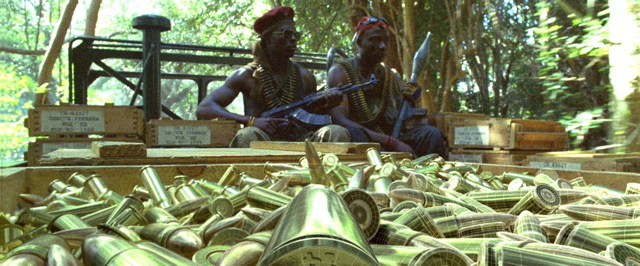
Andrew Niccol’s crime and war drama about arms trafficking is mostly remembered nowadays for its cool opening and cool poster, and nothing else. This is a shame, because “Lord of War” is a fine picture with a great performance from Nicolas Cage. While not a masterpiece by any sense of the word (it does have some pacing issues), it is an underrated and unfairly overlooked film.
Starting off with Cage in his salesman getup in a town that’s been destroyed by the weapons he sells, he addresses the camera casually: “That’s one firearm for every 12 people on the planet. The only question is, how do we arm the other 11?” What follows is the title sequence, where we follow a bullet from its manufacture to its eventual use in ending a life, in a series of rapid and stylized sequences. The opening works solely on its own, even when taken out of context with the rest of the film.
It would do splendidly as a short film. It boldly makes its point and then some, and does the rest of the film no favors in the end. In a few short minutes, it tells us everything we need to know about this film, which is probably why no one remembers anything that comes after.
But in retrospect, it does raise the question as to what kind of person would willingly make a career out of supplying dangerous people with means of violence. That’s exactly the main point of the film, aside from its cautionary message.
11. La La Land (2016)
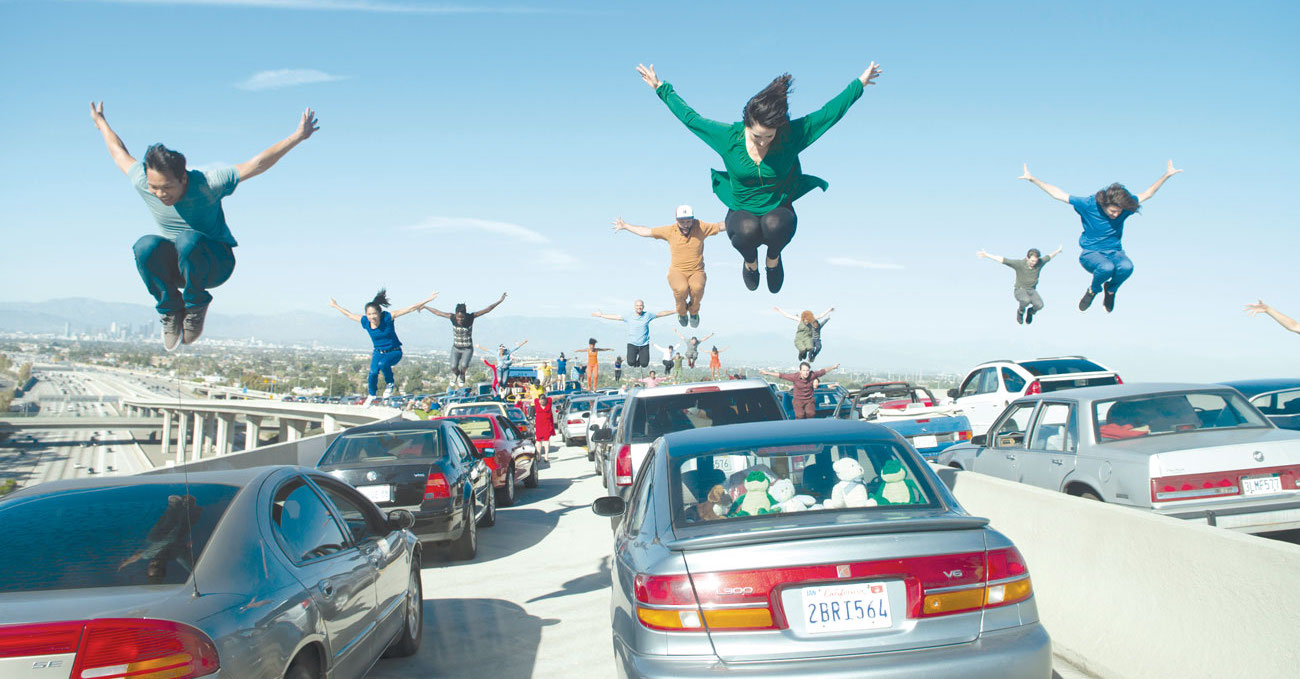
There’s no better way to open a musical set in la-la land about strobe-light dreams than with a song and dance set in a Los Angeles traffic jam about strobe-light dreams. Moving through a sea of cars and showbiz hopefuls, “La La Land” opens with an ambitious and creative ensemble. In an era where musicals are not as common as they used to be, director Damien Chazelle boldly lets you know what you’re in for.
Another day in the sun and in the middle of a traffic jam, the drivers all dance and sing about Hollywood aspirations in an intricate and eventful number. It’s insane to think of the amount of planning and rehearsal time it may’ve taken to achieve something this complex.
Justin Hurwitz’s upbeat composition for “Another Day of Sun,” which apparently features a 40+ choir on vocals, is an energetic way to start the film. The whole opening may tonally be different from the rest of the film, and features a whole cast of random people who have nothing to do with the story, but it’s where our two leads first cross paths. They’re dreamers in a city filled with people like them, and that’s why it ultimately works.
When they look back on the best scenes in musicals, it wouldn’t be surprising to see this scene on the list. It has everything that makes a musical number, created with a fresh modern twist. And kudos to whoever choreographed the dance sequences as well.
10. Baby Driver (2017)
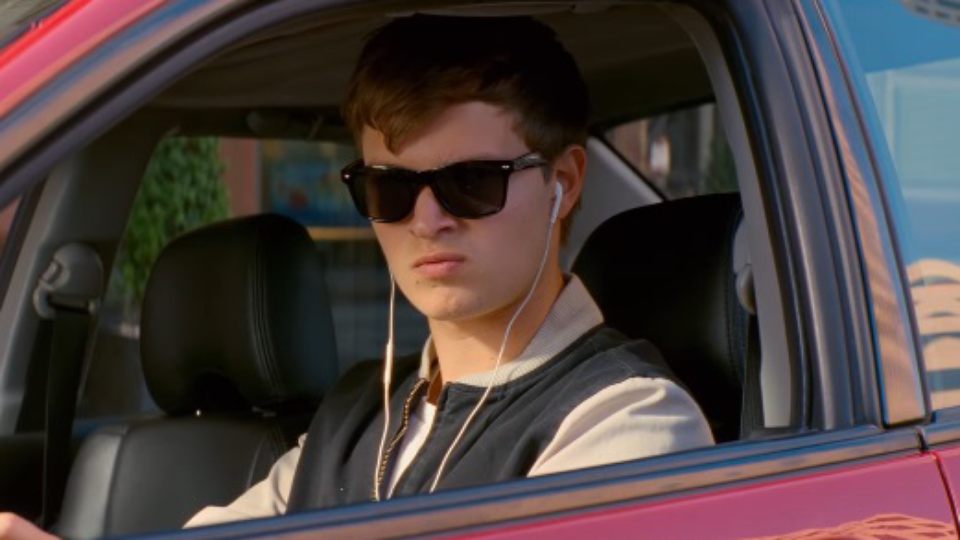
The best way to open a film that has a concept we’ve seen a million times before, but offers something new and fresh, is to give us the old first and then slip in the new when we least expect it. It works wonders if you’re lucky enough to see the film without the aid of the trailers and word of mouth telling you what to expect.
Edgar Wright opens “Baby Driver” like countless other heist films, with a gang of robbers pulling up in front of the bank. We’re quickly introduced to the team as they prepare for action. But we don’t follow them inside as they rob the bank: we stay with the getaway driver ‘Baby’ (Anton Elgort) as he starts singing along to “Bellbottoms” by the Jon Spencer Blues Explosion, with choreographed moves and synchronized windscreen wipers.
While not quite a musical, per se, music plays an important part in the film, and the opening tells us this right off the bat. The action is choreographed to the film’s soundtrack, and right after that scene, the story kicks into high gear, offering us the action it promised. It’s a quiet yet stylized opening that introduces its main character with charm. It also helps that the song is extremely catchy.
9. Incendies (2010)
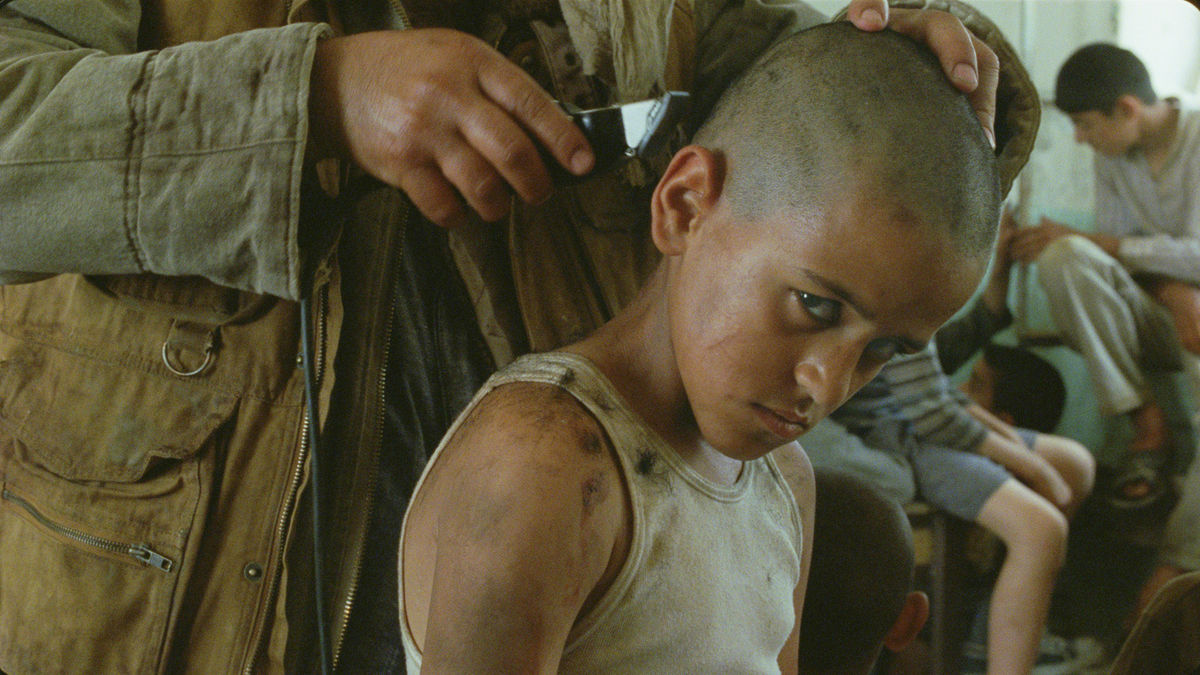
Denis Villeneuve’s film introduction to the world stage is still one of his most touching and daring works. “Incendies” opens like a music video with Radiohead’s “You and Whose Army?” Every single cut, every single camera movement is synchronized to the rhythm, structure, and build-up of the song.
As young boys get their hair cut in a group of men with rifles, they stand with fear, sorrow, and innocence on their faces. Radiohead frontman Thom Yorke croons with sinister apathy, “You and whose army?” which matches what’s on screen. When the song finally hits its big moment, the kids’ faces turn into something potentially darker, with Yorke’s affirmed confidence of “we ride tonight/ghost horses.” We get the message loud and clear.
It’s a brilliant and genius use of found music with excellent direction and editing. Radiohead has always been known for their cryptic lyrics, which complement the scene perfectly, or the other way around if you think about it.